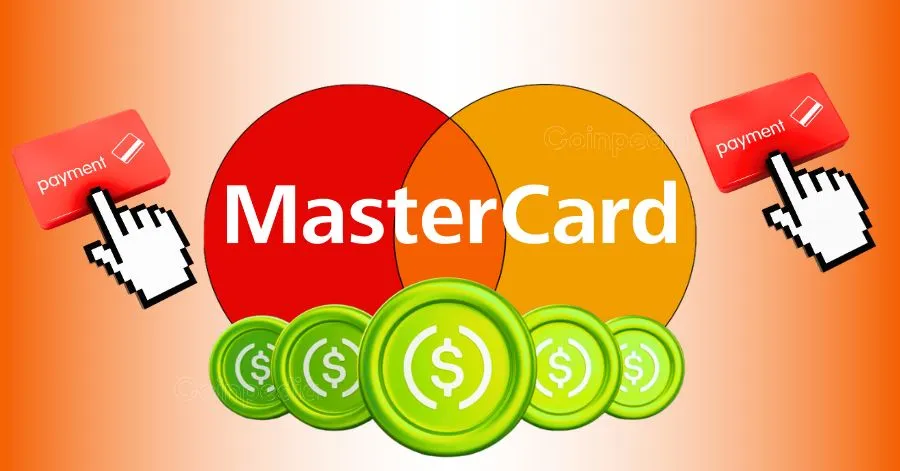Rumors Swirl: Is Saylor’s Strategy Quietly Backing Bitcoin and a Secret Meme Coin Presale?

The crypto community thrives on rumors, and the latest one may be the most explosive yet: Michael Saylor and Strategy could be preparing to sell off portions of their stock holdings to pour fresh capital into Bitcoin, and a mysterious meme coin presale project.
While Bitcoin has long been Saylor’s obsession, whispers suggest this time the story is different. The rumor, dubbed MicroStrategy Bitcoin Rumor 2.0, suggests a diversification strategy that combines Bitcoin’s blue-chip stability with the asymmetric upside of a new meme coin presale.
Could this mark the first time an institutional giant is rumored to be targeting meme coins alongside Bitcoin? And if so, which presale project is the one drawing their attention?
Michael Saylor’s Legacy with Bitcoin
To understand why this rumor is causing waves, one must recall how Michael Saylor changed the game. In 2020, he transformed Strategy from a niche software firm into a Bitcoin treasury powerhouse, allocating billions into BTC and positioning his company as a corporate crypto proxy.
For years, he has doubled down, even financing Bitcoin purchases with debt and equity raises. Today, Strategy holds more than 2% of Bitcoin’s total supply. Saylor himself has become synonymous with long-term conviction, calling Bitcoin “digital Manhattan real estate.”
But now, if the rumors are to be believed, Saylor isn’t stopping at Bitcoin. The speculation is that part of the company’s stock holdings are being liquidated to fund purchases of BTC and a meme coin presale, a radical departure from the established playbook.
The Anonymous Meme Coin Presale Project
So what is this anonymous presale project? Community sleuths point to a set of clues:
- It’s currently in BullZilla presale stages (Stage 3, Phase 2).
- Over $460,000 has already been raised.
- More than 1,600 holders are already in.
- Around 26 billion tokens have been sold.
- ROI projections suggest 7,918% upside from late-stage buys to the projected listing price.
- An early presale entry promised more than 1,000% ROI for the first investors.
- A price surge of 10.14% is already set for the next phase.
All of these details have led many to connect the dots: Could the unnamed presale project be BullZilla ($BZIL), possibly the best crypto to buy this month?

Why BullZilla $BZIL Fits the Rumor
BullZilla has quickly become one of the hottest narratives in presale investing , not just another meme coin with flashy marketing, but a project that blends internet culture with tangible mechanics designed to sustain momentum. Unlike many meme tokens that rely solely on hype cycles, BullZilla positions itself as a “meme coin with teeth,” offering real incentives for both early entry and long-term holding.
Progressive Presale Pricing
Every presale phase introduces a price increase, meaning early presale entry is rewarded handsomely. This creates urgency for investors, making it one of the best crypto to buy this month for those seeking quick positioning before the next phase.
Roar Burn Mechanism
Scarcity drives value, and BullZilla enforces this with a token burn system. Each burn reduces supply, amplifying demand pressure. Scarcity is a key reason retail traders view it as the best crypto to buy this month.
HODL Furnace
BullZilla’s staking system promises attractive APYs, reportedly as high as 70%. This feature locks in tokens, preventing mass sell-offs at launch and making long-term holding attractive , again marking it as the best crypto to buy this month for yield-focused investors.
Community-Driven Branding
Meme coins rise on culture, and Bull Zilla is deeply rooted in meme virality. However, unlike typical hype tokens, it strikes a balance between culture and professional tokenomics. This duality is why many argue it is the best crypto to buy this month.
For a corporate player like Strategy, rumored to be exploring new meme coin exposure, these mechanics make BullZilla more than just noise. The combination of scarcity, staking rewards, and community-driven growth could justify speculation alongside Bitcoin in a treasury strategy that balances stability with exponential upside.
For retail traders searching for the best crypto to buy this month, the rumor itself adds rocket fuel. Whether or not Strategy is truly behind the whispers, the possibility of institutional money circling BullZilla turns it into more than just a meme coin, it becomes a narrative play with real staying power.

Bitcoin vs. New Meme Coin: A Balancing Act
The rumored strategy sets up a fascinating contrast: Bitcoin vs new meme coin.
- Bitcoin: The established store of value, with institutional credibility and long-term security.
- Meme Coin Presale: The wild card, capable of delivering outsized ROI for relatively small allocations.
Together, they represent two sides of the same coin: one to preserve corporate capital, the other to chase exponential growth. If this hybrid thesis is real, it could change how institutions think about crypto, and explain why insiders are calling BullZilla the best crypto to buy this month.
Why Investors Are Paying Attention
Even if the rumor proves exaggerated, it highlights three important trends in September 2025:
- Bitcoin’s Stall at $116K
While Bitcoin remains strong, it has stalled at a key resistance level. Institutions may be seeking ways to keep momentum alive.
- Rise of Meme Coin Presales
Retail investors used to see presales as gambles, but structured projects like BullZilla are redefining them , cementing their spot among the best crypto to buy this month.
- Speculative Curiosity Drives Markets
Rumors alone can move markets. Just the possibility of Saylor backing a presale has already spurred conversations about the best crypto to buy this month.
Final Thoughts: Curiosity or Conviction?
At this point, the idea that Strategy is quietly buying into a meme coin presale is pure rumor. There’s no hard evidence. But crypto thrives on speculation, and this narrative combines everything traders love: institutional giants, Bitcoin dominance, and a secret meme coin.
If the anonymous presale project does turn out to be BullZilla ($BZIL), then the whispers about it being the best crypto to buy this month may carry more truth than many expect. And if Saylor is indeed behind it, the crypto world could be on the brink of its most surprising corporate allocation yet.
Until then, one question lingers across X threads and Telegram chats: Is BullZilla really the meme coin that Michael Saylor doesn’t want you to know about , at least not yet?

For More Information:
BZIL Official Website
Join BZIL Telegram Channel
Follow BZIL on X (Formerly Twitter)
This article is not intended as financial advice. Educational purposes only.
You May Also Like

Mastercard Goes All Into Web3 Via Acquisition of Zerohash for Nearly $2B

Crucial Delay: How Lack of Data Could Impact Fed Policy Adjustments
